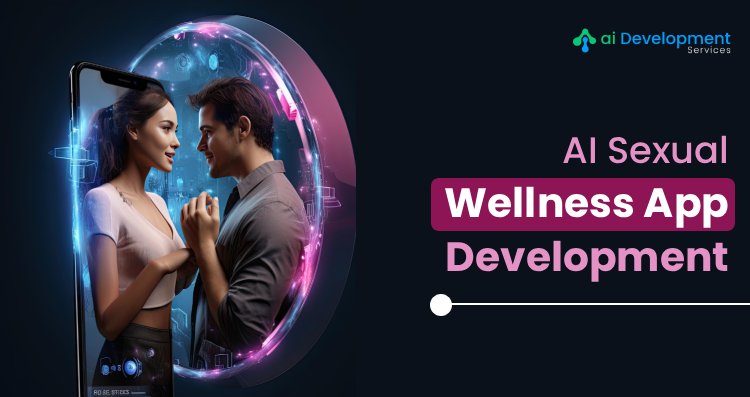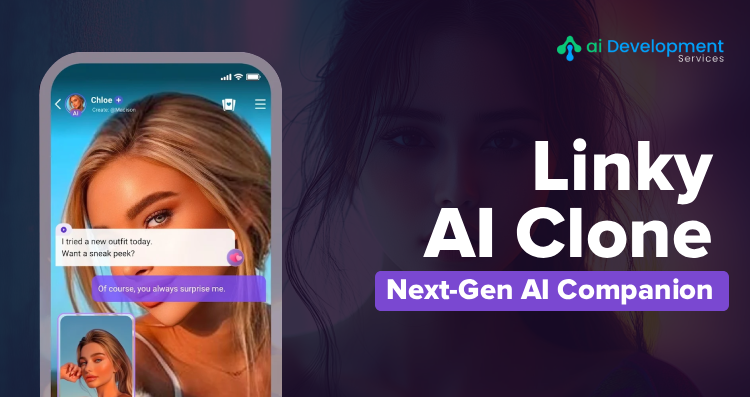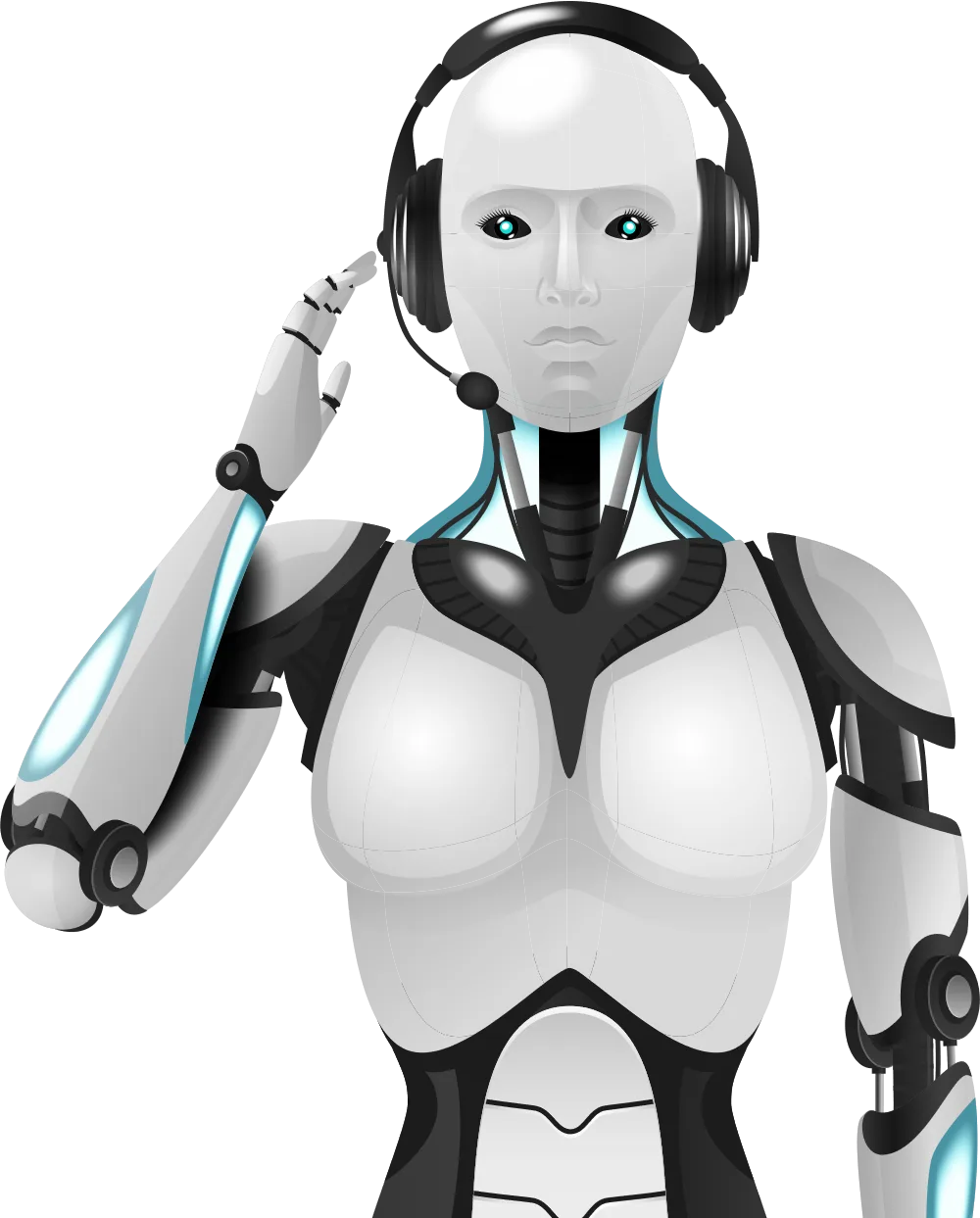In today’s technological society, organizations are in a constant search for means of upgrading client satisfaction, efficiency, and interaction. One of the most efficient instruments for reaching these objectives is known as NLP Chatbots (Natural Language Processing Chatbots). Are we living in an era where customers have to deal with automated voice grammar during sales and service support? NLP Chatbots help businesses provide instant and customized support to customers and initiate preferably real-talk-like and colorful interactions.
But what really distinguishes NLP Chatbots as one tool that businesses should not do without? How do the IAs work, and what strategies are the most effective for deploying them? In this article, the author presents the opportunities that NLP and chatbots bring, describes real-world use cases across industries, and lists the main lessons that can be used to ensure the success of chatbot implementation.
What Are NLP Chatbots?
NLP Chatbots are computer programs that employ the Natural Language Processing concept to understand and answer human language. AI NLP Chatbot is way divergent that the conventional bot with a set of coded responses; AI NLP Chatbot can understand context, polarity, and semantics to interconnect with the caller or user in normal chattery mode. When the users text or even use voice to communicate with the NLP Chatbot, the bot comprehends the language and filter out the important information to reply according to its recognition.
For instance, when a customer messages, “I want to change something in the recent order I placed”, this message will be unraveled by a well-trained NLP Chatbot as a support admission. Instead of responding to the customer with a set of predefined answers, the chatbot takes content into consideration, asking appropriate additional questions that help the customer or lead the customer to the solution.
Transform Customer Engagement with NLP Chatbots
Enhance your customer relations with NLP Chatbots, which are guaranteed to deliver an effortless user experience. Improve customer satisfaction levels, increase sales conversions, and establish wonderful end-user experiences with AI help.
How NLP and Chatbots Differ from Traditional Chatbots
Unlike simple scripted chatbots, NLP Chatbots can:
- Recognize variations in language, including slang, idioms, or even abbreviations.
- Detect sentiment to adjust the tone and direction of the conversation.
- Handle more complex and varied queries without predefined responses.
These abilities make NLP Chatbots far superior for handling complex customer needs, providing support, and creating a more engaging user experience.
Benefits of NLP Chatbots for Businesses
1. Enhanced Customer Engagement
Another beautiful thing about an NLP Chatbot is that it gives the customer a chance to interact in a meaningful way. Being in Natural language processing, AI NLP Chatbots are more efficient in responding to clients’ needs as compared to robots that give standard responses. This leads to stronger engagement and more satisfied customers, who feel that they’re truly being listened to and understood.
2. Cost Savings on Customer Service
Operating a full-scale customer service team can be expensive, especially if 24/7 availability is required. With an NLP Chatbot, businesses can handle common inquiries and requests at any hour without the need to pay for additional staffing. This allows businesses to reserve human support agents for more complex issues while still maintaining a high level of customer care.
3. Improved User Experience
Traditional bots often fall short of providing a smooth, engaging user experience. They might struggle with understanding natural language variations or require exact wording to process a response. NLP Chatbots, however, adapt to conversational nuances, recognizing varied expressions of the same intent. This makes interactions feel more natural, personalized, and less like scripted interactions with a machines.
4. Increase in Conversions and Sales
An NLP Chatbot could be of great use to prospective consumers as they navigate through the paths to purchase. In order to assist numerous customers when making their choices, the chatbot answers questions, offers suggestions, and provides recommendations concerning related products. This could only result in more sales as it eases the purchase process, hence the role of the bot.
5. Advanced Data Collection and Insights
Any conversation between a customer and the NLP Chatbot is a learning process of gaining more insight into users’ choice, patterns and wants. After that, it can be used for drawing the necessary conclusions that can be useful in making the right managerial decisions concerning the business processes necessary for promoting the business and its products and services, identifying new potential customers, and providing the necessary level of customer satisfaction. For example, awareness of the most common questions that are asked may help inform changes to the chatbot itself, as well as to the internet presence of the business more generally.
Also Read: The Rise of AI Companion App Development
Best Practices for Implementing NLP Chatbots
To maximize the impact of your NLP Chatbot investment, consider the following best practices:
1. Define Clear Objectives and Use Cases
Begin with answering questions that are fundamental to the project; what do you expect the NLP Chatbot to deliver? Do you want to extend the workload of users or do you want more leads or are you seeking to improve on the interactivity of users on your website? Specific goals will define both development of the chatbot and its implementation into the organization, so the chatbot will address its business purposes.
2. Focus on High-Quality Training Data
The success of an NLP and Chatbot system largely depends on the quality of data it’s trained with. To improve accuracy, provide the chatbot with data that represents a wide range of inquiries and requests it might encounter. Additionally, industry-specific vocabulary and common customer questions will make the bot more competent in understanding and addressing user needs accurately.
3. Use a Consistent, Brand-Aligned Voice
Although NLP Chatbots are automated, their tone and language should still reflect your brand’s personality. A friendly, conversational tone makes interactions more approachable and aligns the chatbot with your business’s values. This makes it more inviting for users to interact with, promoting engagement and creating a positive user experience.
4. Regularly Update and Improve
The world of language and user expectations is constantly evolving. Regularly review and refine your NLP Chatbot to stay in tune with new language trends, slang, and emerging issues relevant to your customers. An adaptable chatbot will remain effective and helpful, continuously contributing to a positive customer experience.
5. Analyze Metrics and Performance
Tracking metrics is essential to understanding how well your NLP Chatbot performs. Measure factors such as response accuracy, customer satisfaction, and conversion rates. Using these insights, you can identify areas for improvement, troubleshoot recurring issues, and enhance the bot’s overall effectiveness.
6. Plan for Human Intervention When Needed
Even the most advanced NLP Chatbots will encounter questions they cannot answer. Planning for human intervention in such cases is essential. An effective bot should recognize when it’s beyond its capacity to help and smoothly transition users to human support.
Also Read: Top AI Dating App Development Companies
NLP Chatbot Sample Application Use Cases for Industry
NLP Chatbots are revolutionizing how businesses in diverse sectors interact with and interactively solve issues for their consumers. Here are some examples of how NLP and Chatbots are being used effectively across sectors:
Retail and E-commerce
The NLP Chatbots can help customers to localize the required product and provide information regarding their orders and further recommendations based on the customers’ activities. They can also ask follow-up questions that imitate the actual shopping process and will help a customer locate a needed item.
Healthcare
In a healthcare context, the NLP Chatbots can be useful in speaking to incoming inquiries from patients, to remind patients of their appointments as well as to handle the first level intake of patients’ symptoms. Thanks to its natural language skills, a chatbot can provide patients with the necessary links or follow-up actions ad infinitum.
Finance and Banking
For banks, AI NLP Chatbots can answer inquiries about account balances, provide real-time updates on transactions, and support services like loan applications. They make it easier for customers to access important financial information and conduct transactions securely without needing to visit a branch.
Travel and Hospitality
In travel and hospitality, NLP Chatbots can help users with booking inquiries, check availability, and even assist with travel recommendations. Their understanding of natural language makes it easy for customers to book rooms, change reservations, or get instant help with itinerary questions.
Education
NLP Chatbots are employed in the educational setting to address common queries sourced from learners' interest in enrollment, the availability of specific courses, and program duration registration. This enables students to get quick anser to their questions without they need to queue for any administrative assistance.
Unleash the Power of AI NLP Chatbots for Business Growth
Unleash the potential of your enterprise using AI NLP Chatbots which extend beyond conventional automation. Improve commercial mobility, maintaining an eye on customer behaviour, and improvingyour relations with your clients.
Addressing Challenges in NLP Chatbot Implementation
Implementing an NLP Chatbot is a strategic choice, but it does come with some challenges. Here’s how to address common issues:
Challenge 1: Managing Complex Queries
Solution: Train the bot with diverse language patterns and use active learning to refine its responses over time.
Challenge 2: Handling Negative Sentiment
Solution: Make sure the chatbot can identify negativity and if possible, to respond to it, by redirecting the customer to a human operator.
Challenge 3: Data Privacy and Compliance
Solution: Prioritize security and compliance, especially in sensitive industries. Keep customers informed about how their data is stored and used.
The Future of NLP Chatbots in Business
Future innovations in NLP chatbots include features and improvements such as emotions, increased value of responses, and emphasis on context. The AI integration services increasing the connection of AI NLP Chatbots to CRM systems, marketing platforms, and other applications means that organizations will be in a position to read deeper analysis details of customers. This will build a future world where not only are chatbots helpful, but they will even actively contribute to improving customer experiences.
Wrapping Up!
NLP chatbots are increasingly used in the new economy to provide high-quality service, cut organizational costs, and boost engagement. AI-powered NLP chatbots enable businesses to offer assistants that grasp context, tone, and intent within sentences, providing customers with instant, specific answers at minimal cost—a valuable tool across retail, healthcare, and more. For effective implementation, chatbot functions should align with business goals, responses should be optimized through real interactions, and an option for human assistance should be available when issues go unresolved. These measures maximize the benefits of NLP chatbots, enhance consumer relationships, and support long-term growth, helping businesses capitalize on opportunities, improve user experiences, drive conversions, and manage customer support in today’s competitive landscape.







